When working close to the maximum power rating of a thermal sensor, have you ever noticed the display reading going to negative values between measurements? What is the possible meaning of negative power?
Or, more commonly, between measurements, the display reading drops to a percent of the full power reading (not zero) when the laser is blocked and then starts a slow exponential decay toward zero. What to do if it hasn’t quite gotten back to zero before it is time to measure again? You might be tempted to use the handy zeroing function on the display to start your next measurement fresh.
Fight the temptation
Fight the temptation. That is not the proper use of this important feature and it can screw up your subsequent measurements.
All photodiode and thermal sensors support the offset function. This function allows the user to subtract out any constant signal from the environment not due to the source we desire to measure. This is very useful in the case of separating a weak signal from background room light. In order to make an accurate measurement of our source, we must subtract the environmental contribution. Incidentally, if a reading persists even when the sensor is in complete darkness, it is preferable to use the zero function. Then, the correction is written to the sensor EEROM and it will persist for future measurements. (Conversely, offsets are erased when the instrument is turned off.)
The case described before involving the negative or decaying reading is different, though. That behavior is a transient that can be understood by recalling the mechanism underlying the measurement in thermal sensors. There heat is generated in the center of a metallic disc by the absorption of laser light. The heat flows from the center outward to the edges of the disc where it is dumped into the body of the sensor. This motion of heat from the center toward the rim creates a temperature gradient, with temperature falling from the center outward. The temperature difference at different radial distances creates a voltage in the thermopile deposited on the outer portion of the disc.
The heat flow from the center outward is a non-equilibrium, steady state process. Once illumination is removed, there will be transient flows as the disc returns to equilibrium (uniform temperature).
Zero properly
In most cases, the disk is warmer than the sensor housing. As both cool toward the ambient temperature, the slight remaining temperature gradient between the disk and the housing will yield a small reading, decaying slowly toward zero.
Occasionally, especially if the sensor housing has warmed appreciably, the disk might cool somewhat faster than the body due to its smaller mass and large surface area in contact with the air. When the disk is cooler than the housing, the reversed temperature gradient will yield a negative reading.
Neither of these effects will compromise subsequent measurements. Once the laser-generated heat is returned to center of the disk, the same temperature gradient – that needed to move X watts from the center of the disk out to the edge – will result. Even if the body is hotter than in the initial measurement, the central temperature will simply increase by a similar amount. The temperature drop, though, remains the same and thus the reading, which is based only on temperature differences, remains accurate.
It is important to emphasize that zeroing the offset between measurements while the sensor is still cooling will subtract from the reading unnecessarily, giving a false result.
To zero properly the sensor must be at uniform temperature. This is properly done before any measurements have been made. Once measuring has begun, the sensor should not be zeroed again without allowing it to cool completely.




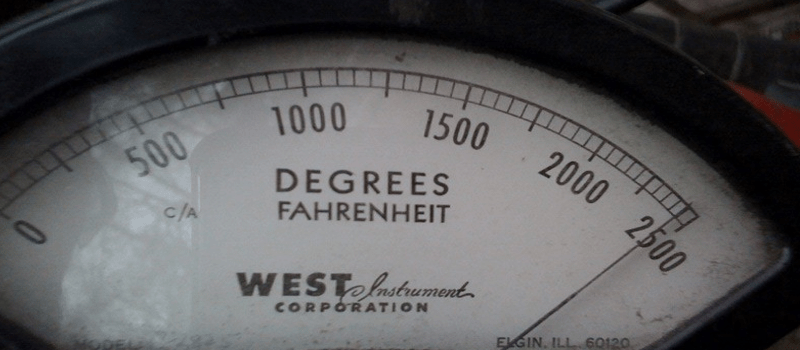
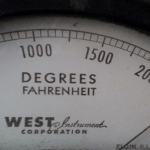
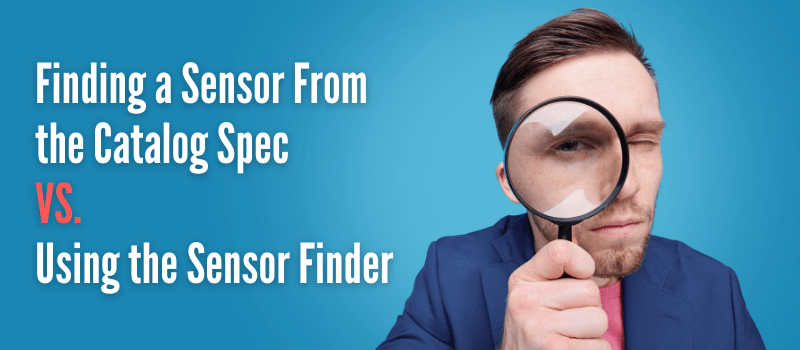

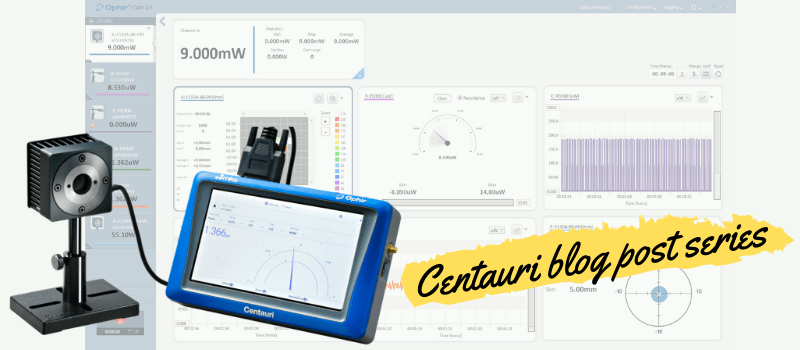
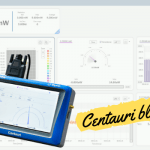


Leave a Reply
Your email address will not be published. Required fields are marked *